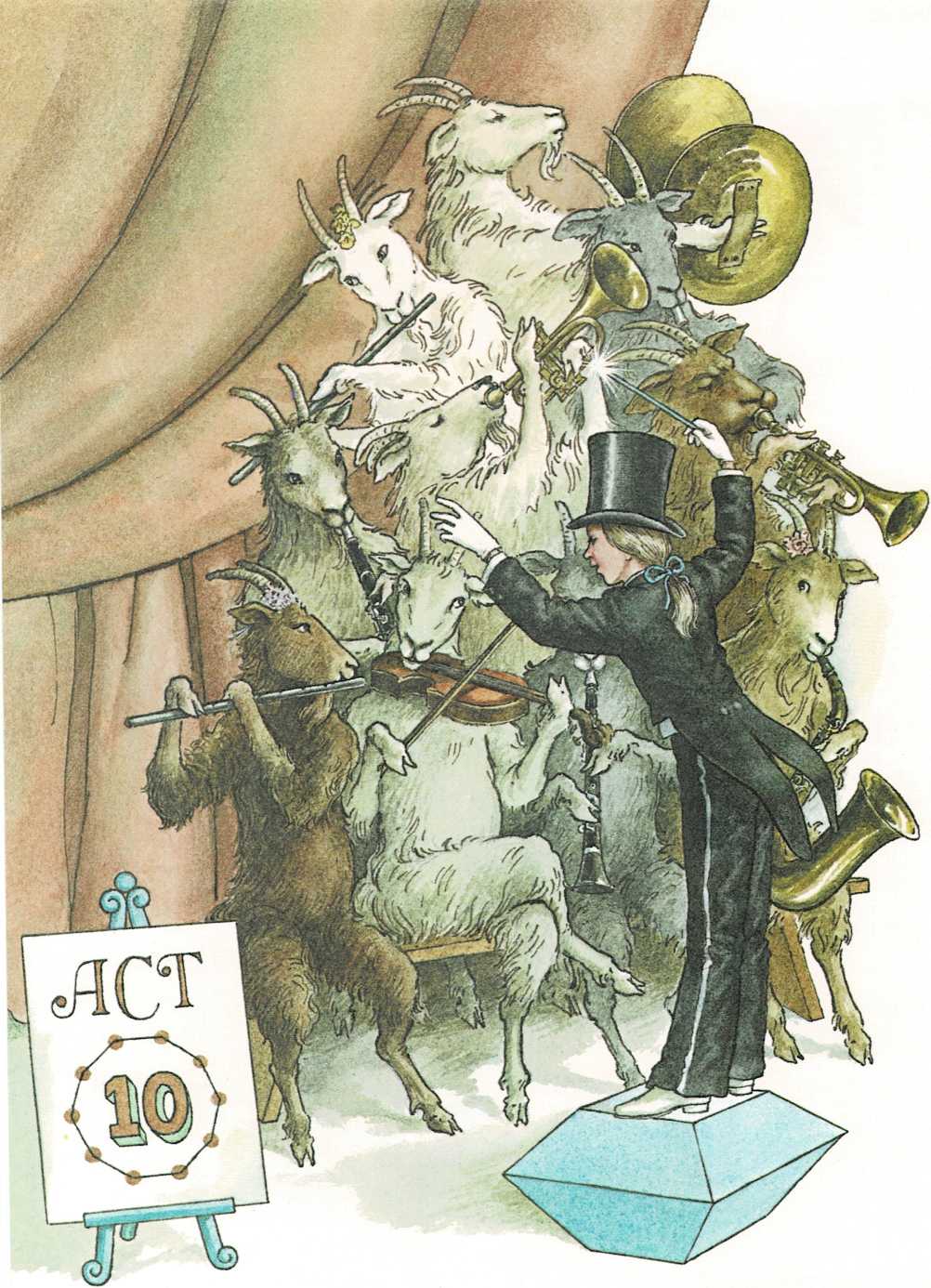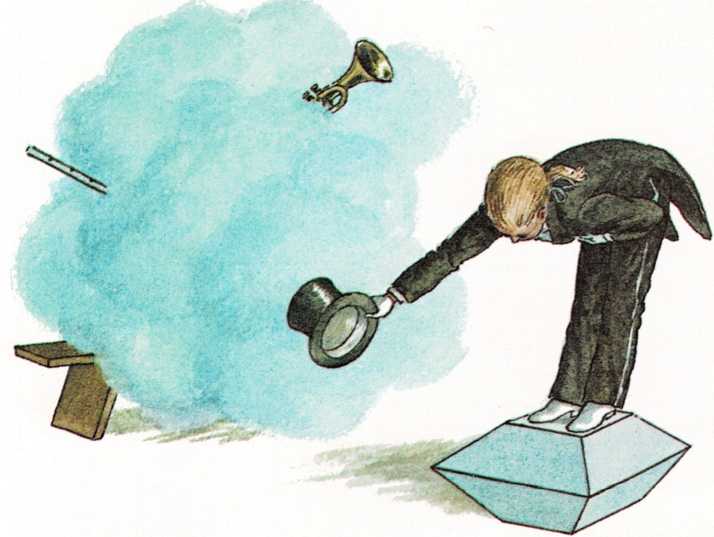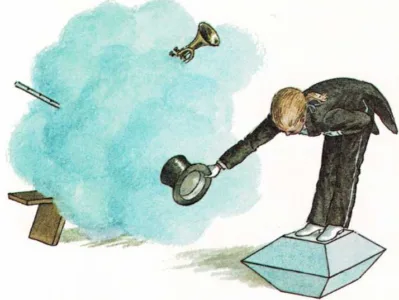
Ten
The ancient Greeks gave ten a shape with ten sides and ten corners. Such
a shape is called a decagon, which means “ten corners.” The Greeks also
thought of ten as a triangle made out of the first four numbers—1, 2,
3, and 4.
For many ancient people, ten represented a sort of new beginning. In
ancient Babylon, the people held a ten-day celebration in honor of
springtime, which is a new beginning for all growing things.
In our system of counting, the number ten is a stopping place. After
ten, we start over. Our word eleven means “ten and one left over.”
Twelve means “ten and two left over.” Thirteen means “three and
ten,” and so on. Ten is a stopping place because people learned to count
on their fingers—and we have only ten fingers.
Some people think that ten belongs to the star group called Capricorn,
the Goat.


